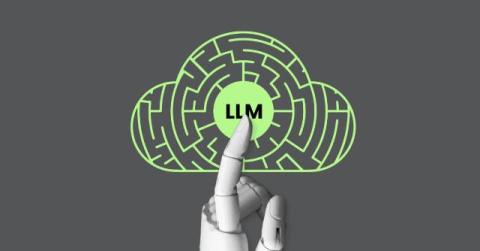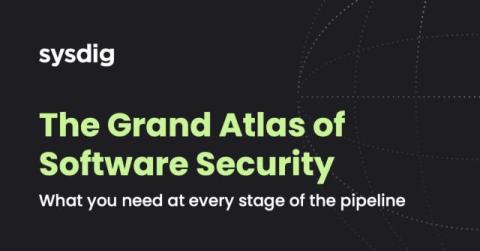Manager as mentor: Learnings from Sysdig's documentation team
After years in the technical writing trenches at industry giants like Cisco, Riverbed, and Akamai, I now lead the Sysdig Documentation team. I’m Shuba Subramaniam, and I’m passionate about creating content that truly helps people — whether they’re exploring Sysdig for the first time or troubleshooting a tricky issue at 2 a.m.











